After 14 years of shooting, I had reached a point with my photography where I felt stuck. I was rehashing ideas, relying on a standard bag of tricks, not feeling that creative spark and excitement.
My photos were becoming staid and repetitive, the locale and the people changing, the images not changing much at all.
Mary Ellen Mark’s famous Oaxaca workshop was coming up in a couple of months. This was exactly what I needed.
I needed to shake things up. There was a natural growth progression and I was not able to get to the next level. I had been operating in a vacuum which I think can be very desirable for a photographer, to not let the trends and fads and habits of my peers affect me. But I found myself without a feedback loop. There was no one but myself in my daily struggle to push me further with my images.
My Personal Goals for the Workshop
The goals I had set for myself were huge. I had been in a rut with my images and process for the past year or so. Of all things, I had the feeling of complacency and satisfaction with many of my images recently. I was very pleased with my recent images from Morocco and Napoli (though my images from Granada were a disaster). For me, satisfaction was the death of creativity, the killing of desire. I am at my best behind the camera when I am driving myself crazy, pushing things, never being satisfied, always knowing that I need to take leaps, to push, to fail and learn.
This fire, this unnerving disorder that drives me to create and push the limits for myself had been missing. I was stuck and did not know how to break free. Hopes were high for this workshop.
I had written these goals down in my journal upon first arriving in Oaxaca:
- Produce a great body of work in Oaxaca
- Learn as much as possible from Mary Ellen
- Chart the path for my photo career with a fresh perspective
- Raise the bar for my work; breakthrough to the next level
- Break free of the stagnant creative holding pattern I have made for myself
Yeah. Pretty much: save me, goddamn it.
You can read more about the structure of Mary Ellen’s Oaxaca workshop here. This post will deconstruct my creative experience and what I learned from the workshop.
Initial Portfolio Review
The first day of the workshop is devoted to reviewing each student’s work in front of the entire class. There are a lot of students and while everyone wished for more one on one time with Mary Ellen, her critques are incisive and cutting. She was able to identify some things with my work very quickly, things that I had to write down and chew on over the next few days.
I had more experience as a working photographer than the other students but my work was not necessarily the strongest or the most striking. The quality of the work people presented was varied but the level in generally was really high.
The one noticeable thing was that my voice was more defined and articulated than the other portolios being shown. I think that this helped Mary Ellen zero in on my problem areas.
These were the points from her quick appraisal:
- My portraits are stronger
- I have too much noise in my street work
- I am losing the graphic elements and strongly designed frames of my portraits in my street work
- I need to add a 28mm to my suite of gear (I only shoot with a 35mm on the streets)
As she was going through my photos and making her selects, I had some of my own revelations:
- My street photos have become very literal, very straightforward
- I record and capture now more than I create, especially on the street
- My portraits reflect me controlling a situation and creating and the result is very different
- Because my candid street shooting has been my priority, I have been solely focused with the ability to get close to people and fire off that shot, in focus and properly exposed. In other words, speed and closeness have trumped other values
- I have lost the lyrical, weird, quirky aesthetic to my work, qualities that I used to have years ago
- There is a surreal, disconcerting to many of Mary Ellen’s images that I have always loved. I have never been a very strong surrealist and it is time to incorporate this quality into my work if I can
Portraits – Selects
Mary Ellen pulled these images out of the mix and were part of her final selects from my portfolio.
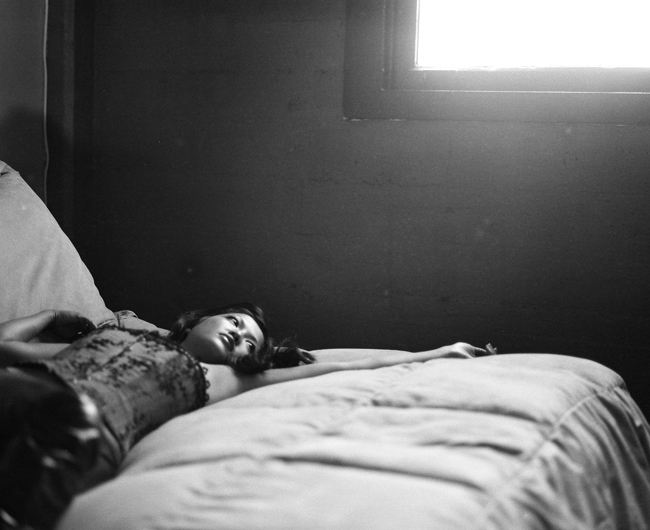
Cheryl, Downtown Los Angeles © Doug Kim
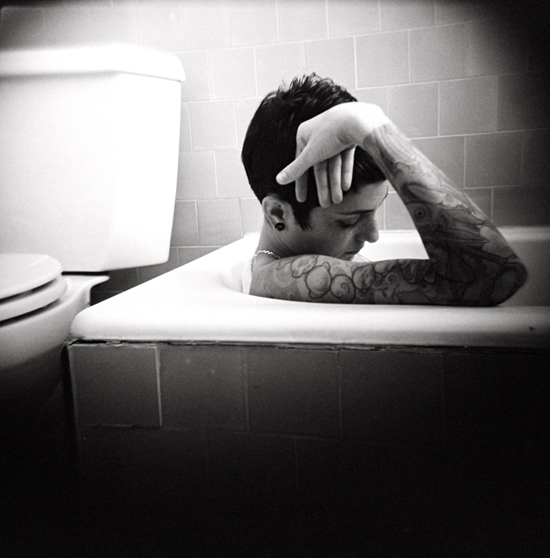
Lindsey; Holga, Agfa 400 © Doug Kim
Street Shots – Selects
She liked this shot, thought the girls were cute though they were smiling which she normally hates. She admonished me to watch out when shooting wide as I had distorted their bodies in this vertical portrait.
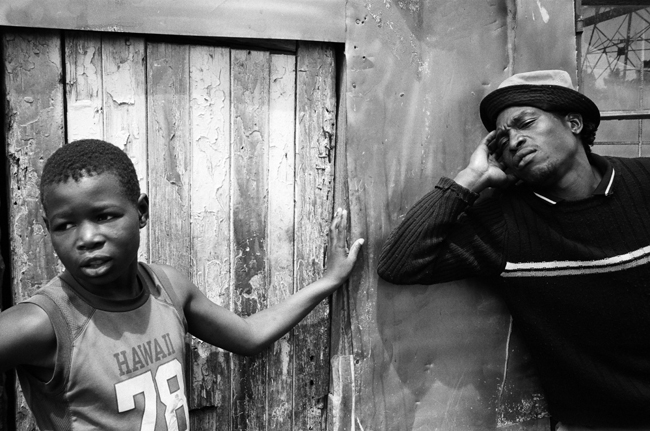
Soweto, South Africa; Leica M6 TTL 0.58, 35mm summicron, Tri-x © Doug Kim
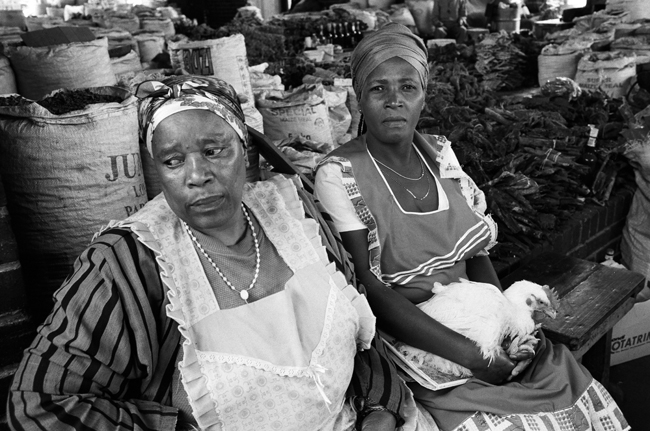
Soweto, South Africa; Leica M6 TTL 0.58, 35mm summicron, Tri-x © Doug Kim
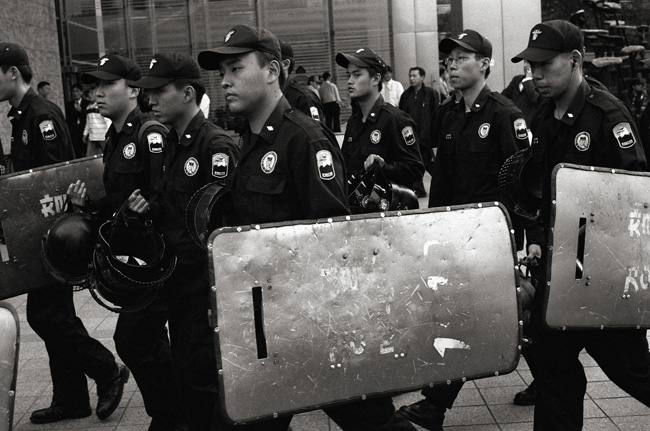
Seoul, South Korea; Leica MP 0.58, 35mm Summicron, Agfa APX 400 © Doug Kim
Street Shots – Fail
There were numerous images that Mary Ellen did not like because of the noisy backgrounds. In her opinion, these images were losing their integrity because there no strong lines of composition, a quality she continually described as graphic.
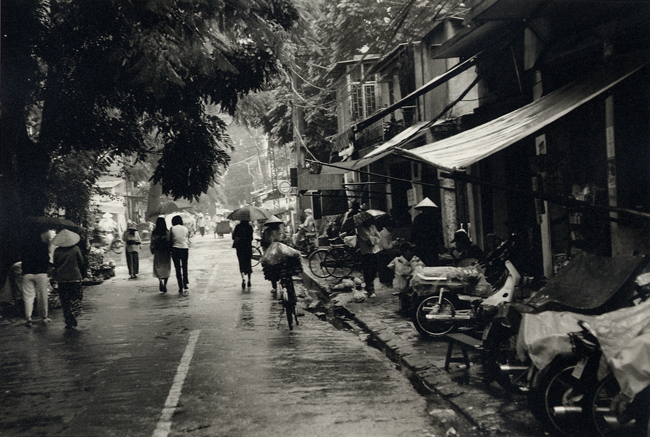
Still raining, Hanoi, Vietnam; Nikon N90, 28-70mm Nikkor, Agfa APX 400, printed on Agfa 111
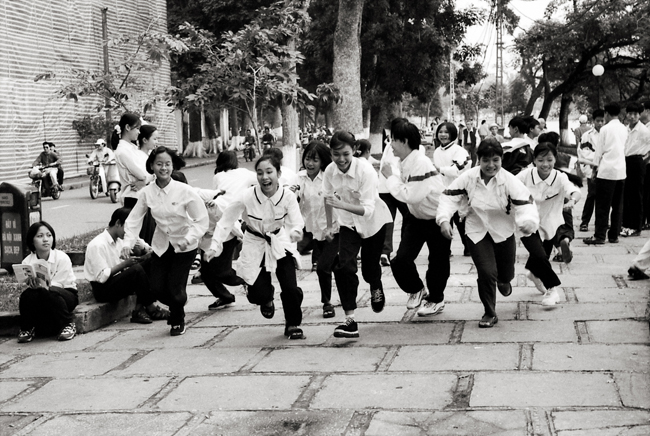
Hanoi, Vietnam; Nikon N90, 28-70mm Nikkor, Agfa APX 400, printed on Agfa 111
Dead Static Images
There were dozens of images that did not make the cut during her review of my work. I realized looking at the prints scattered over the table that I had become very static in my compositions. I had moved away from dynamic angled compositions to very flat shots, framing things dead on, the subjects dead center. Kind of a Wes Anderson lock-down shot facing the background at a straight ninety degree angle. Except without the appeal of those compositions.
The centering of my subjects in the frame was also a result of being bored with the rule of thirds and sticking faces and centers of focus in corners for years and years.
This dead on centering is not necessarily a bad thing but the results for me were images that had lost their dynamism.
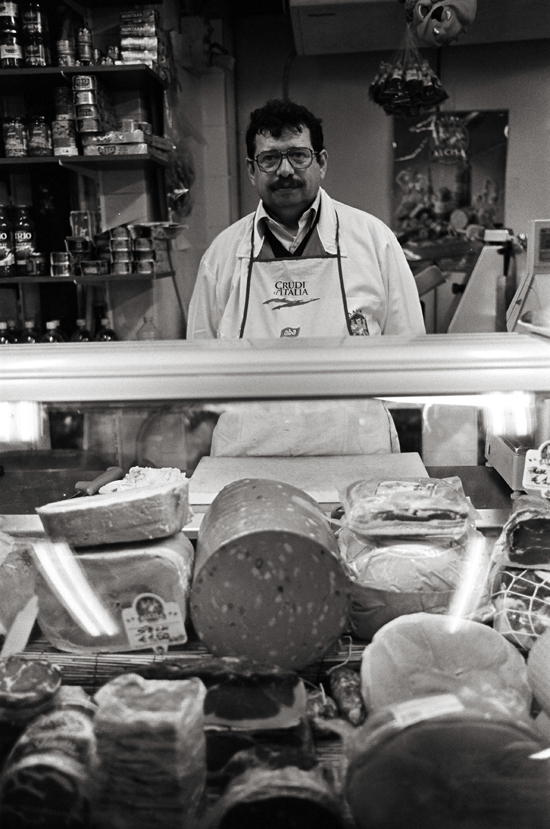
Toledo, Napoli; Leica MP 0.58, 35mm Summicron, Kodak Tri-X © Doug Kim
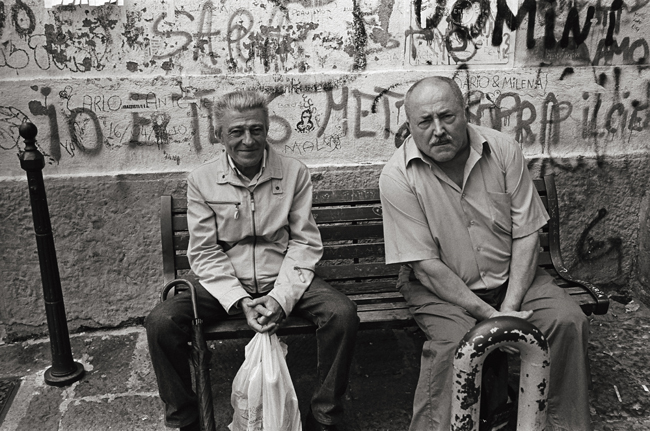
Via Salvator Rosa; Leica MP 0.58, 35mm Summicron, Kodak Tri-X © Doug Kim
The Noisy Streets
I like busy street scenes, the noise of a city, a crowded frame full of life. Mary Ellen did not. I understood her point completely but I will always gravitate towards the crowded scenes.
This is a great example of a super noisy street scene, shot dead on and flat. I think it works but I do understand what she was saying.
Mary Ellen’s Tasks for Me
The charge I received from Mary Ellen was simple and was repeated almost daily to me:
- Stop being safe
- Put my lens in different places
- Be bold
- Be conscious of everything in the frame
- Reduce the background noise
- Compose with strong graphic elements
- Take risks
Daily Portfolio Reviews
At the close of each day’s shooting, I would return to the Bravo Center and drop off my film, picking it up the next morning in time for that day’s review with Mary Ellen. She would review the previous day’s proof sheets and inspect the work prints.
Progress could be measured on a daily basis which was wonderful. She would pick out the successful shots, point out the shots where I had failed, look to see how I was working with a single subject over several frames.
This daily process was of enormous help. I was able to receive immediate feedback on a work in progress, then to hit the streets again to attempt to put the lessons learned into practice.
Continuing Old Tricks
I found it hard to break my habits, ingrained after so many years of shooting. I would find myself in front of a subject and framing the shot in the same way I had always done before, choosing those same fractions of a second that I had captured for years just with different subjects.
Learning how to shoot with fresh eyes was akin to learning how to change your walk. I struggled mightily. The first couple of shooting days were enormous sources of frustration. For example, I was photographing this beautiful woman and I was completely conscious that I was framing this girl exactly like I had framed every girl for the last ten years, putting her by the window, strong side lighting, strong profile shot. I quickly moved her away from the window and changed my position but the resulting shots were flat.
My early proof sheets showed the same types of images I had always created. It took several days to finally break free and only the last day of shooting was I able to really produce different images, photos that pleased both Mary Ellen and myself.
Mary Ellen’s Aesthetic vs My Own
One of the challenges and great benefits of the workshop is that Mary Ellen’s feedback is very specific and it ends up driving you to shoot more like her because the qualities she values – the surreal, well-composed, dramatic images – are the qualities of your images that she will look for you in your proof sheets.
Myself and other students remarked on this, that we were adopting these traits to try to produce images that she would approve. This was not a pejorative thing as anyone of us would have been more than happy to acquire any of these aesthetics.
It was fascinating to watch my style change in small and subtle ways over the nine days. My images were improving along the subjective lines that I always sought out and they were also improving along the Mary Ellen trajectory, becoming pale imitations of her style.
The important thing is that during the workshop, I was learning how to shoot like her without abandoning my own style. Kind of incredible.
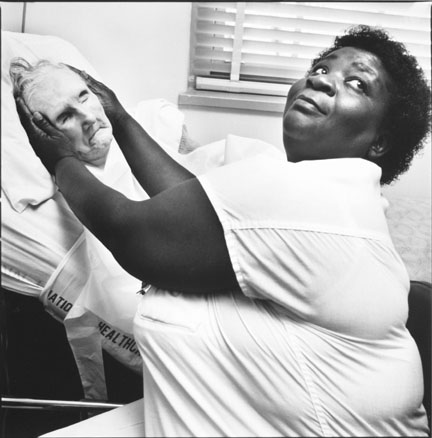
Leprosy Patient with her Nurse, Carville, Louisianna © Mary Ellen Mark, 1990
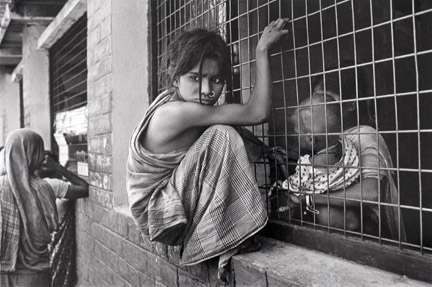
Calcutta © Mary Ellen Mark, 1980
Tomorrow, I will post the images that Mary Ellen chose for the final selects to be presented to the workshop on the final day.





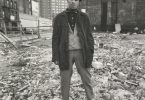
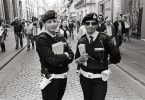
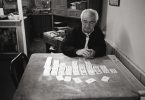
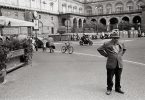

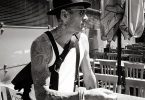
[…] links to her Oaxaca Workshop that provide an extensive breakdown of my experience with her: Part 1, Part 2, Part 3, Part […]